# Lecture 3 - Formal Elements of Games ### SET09121 - Games Engineering <br /><br /> Leni Le Goff <br /> School of Computing. Edinburgh Napier University --- # Recommended Reading Game Design Workshop. 4th Edition. Tracy Fullerton (2019). - Read Chapter 3 on Formal Elements. - Digital copies are available in the library. 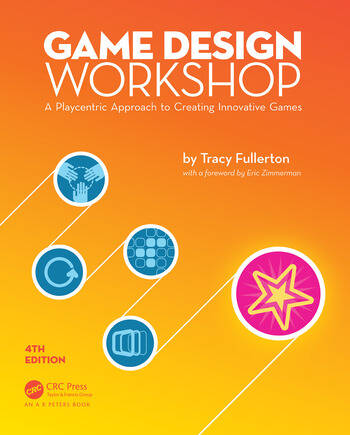 --- # What are the Formal Elements of Games? - Fullerton defines eight elements: - Players - Objectives - Procedures - Rules - Resources - Conflict - Boundaries - Outcome - The Formal Elements help us define games from a design perspective - ** We can also use these elements to scope the technical features** --- # Players  --- # Players: who plays and why? - Games are designed for the players. - You must consider your game genre and target audience. - A game should start with **an invitation to play**. You want to entice the player. 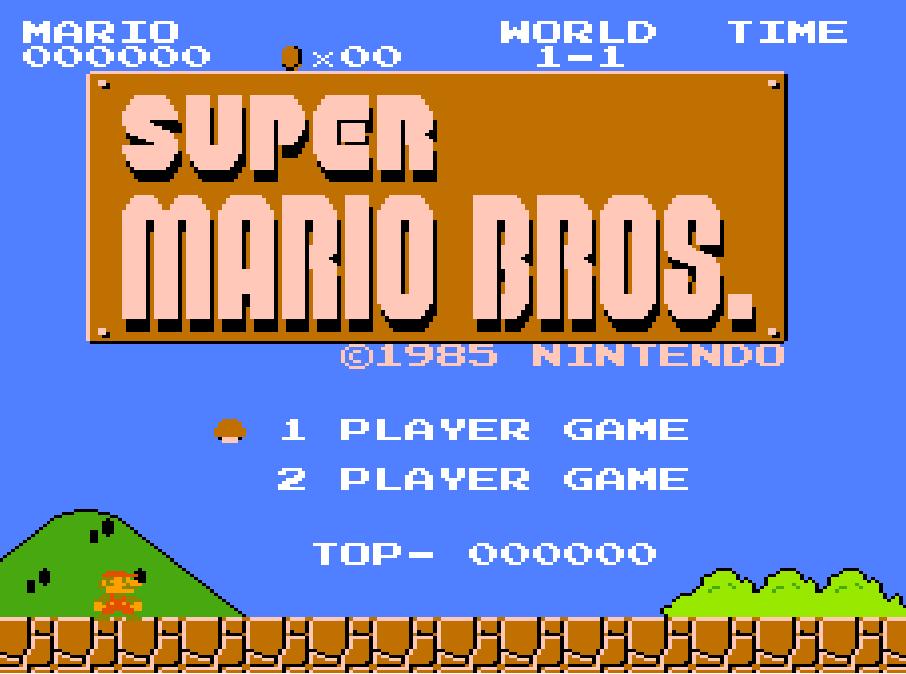 <!-- .element height="50%" width="50%" --> --- # Multiplayer games - The invitation to play can become quite complicated in multiplayer games. - Can you name unique challenges when inviting players to a multiplayer online game? - You need to check how many players want to join and how many are needed. <!-- .element: class="fragment" --> - Are all of them ready? <!-- .element: class="fragment" --> - Which role is assigned to which player? <!-- .element: class="fragment" --> - Are there any teams? <!-- .element: class="fragment" --> --- # Player Interaction Patterns - A **Player Interaction Pattern** helps us define how players play the games. - There are seven key types: - Single-player versus the game. (PvE) - Multiple individual players versus the game. (Multi PvE) - Player versus player. (PvP) - Unilateral competition. - Multilateral competition. - Cooperative play. - Team competition. --- # Single-player versus the game - A single player competes against the game system. 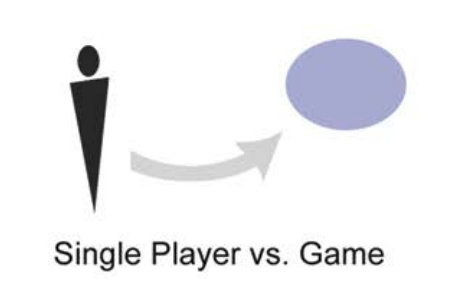 (Image source: T.Fullerton. Game Design Workshop. 4th Edition, 2019.) --- # Multiple individual players versus the game - Multiple players competes against the game system. - They do not compete against each other and the action is not directed at other players. 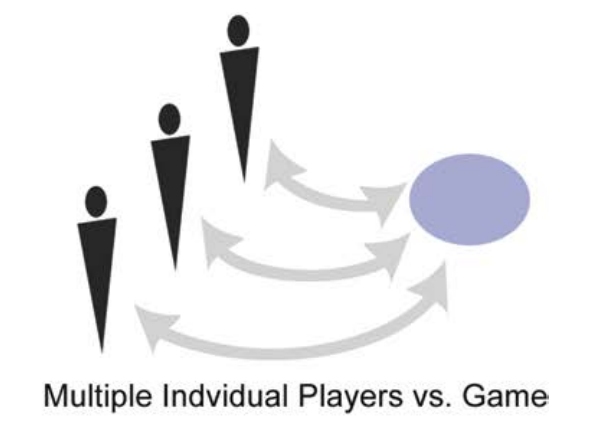 (Image source: T.Fullerton. Game Design Workshop. 4th Edition, 2019.) --- # Player versus player - Two players directly compete. - Within games, the term "Player versus Player" might be used differently. 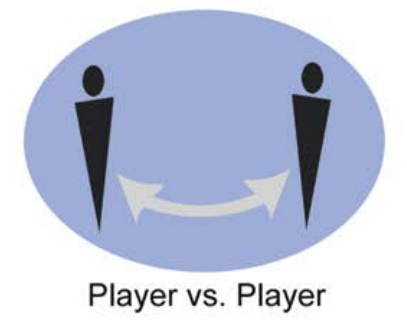 (Image source: T.Fullerton. Game Design Workshop. 4th Edition, 2019.) --- # Unilateral competition - Two or more players compete against one single player. 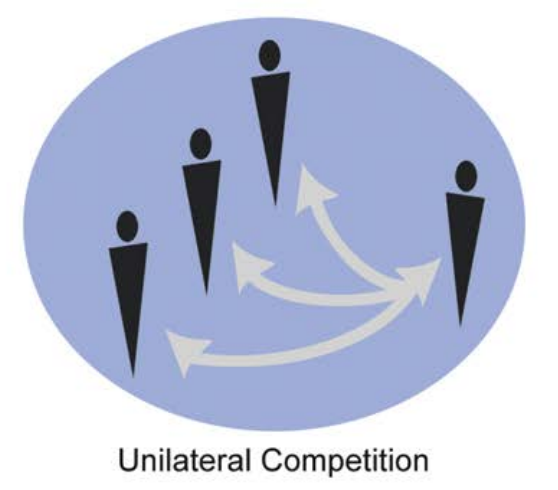 (Image source: T.Fullerton. Game Design Workshop. 4th Edition, 2019.) --- # Multilateral competition - Three or more players compete against each other. 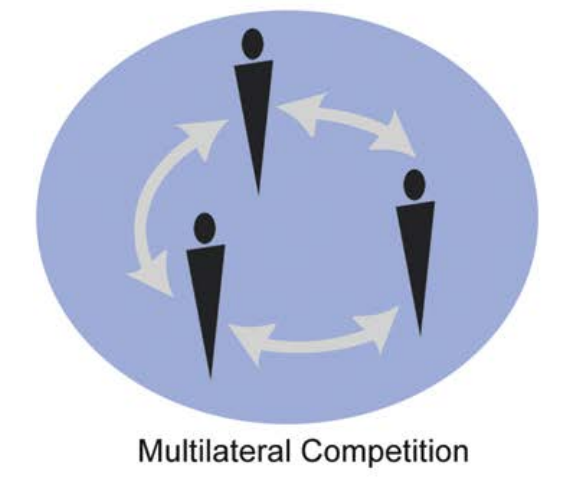 (Image source: T.Fullerton. Game Design Workshop. 4th Edition, 2019.) --- # Cooperative play. - Two or more players cooperate against the game system. 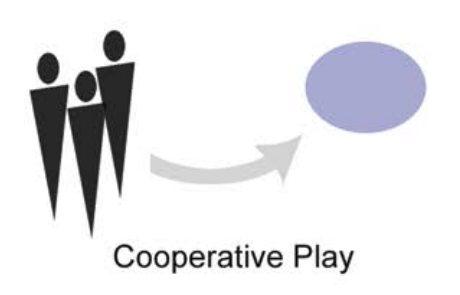 (Image source: T.Fullerton. Game Design Workshop. 4th Edition, 2019.) --- # Team competition. - Two or more groups compete against each other. 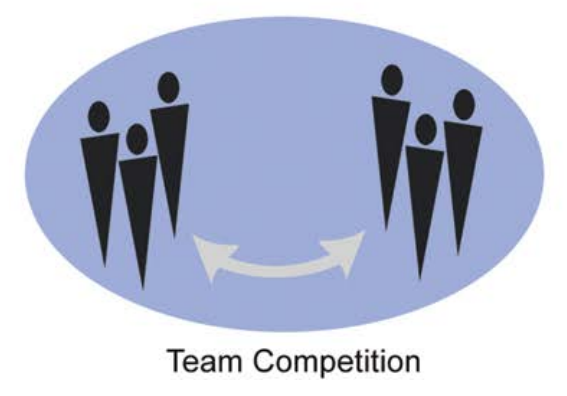 (Image source: T.Fullerton. Game Design Workshop. 4th Edition, 2019.) --- # Example: Witcher 3 - What is the Player Interaction Pattern? 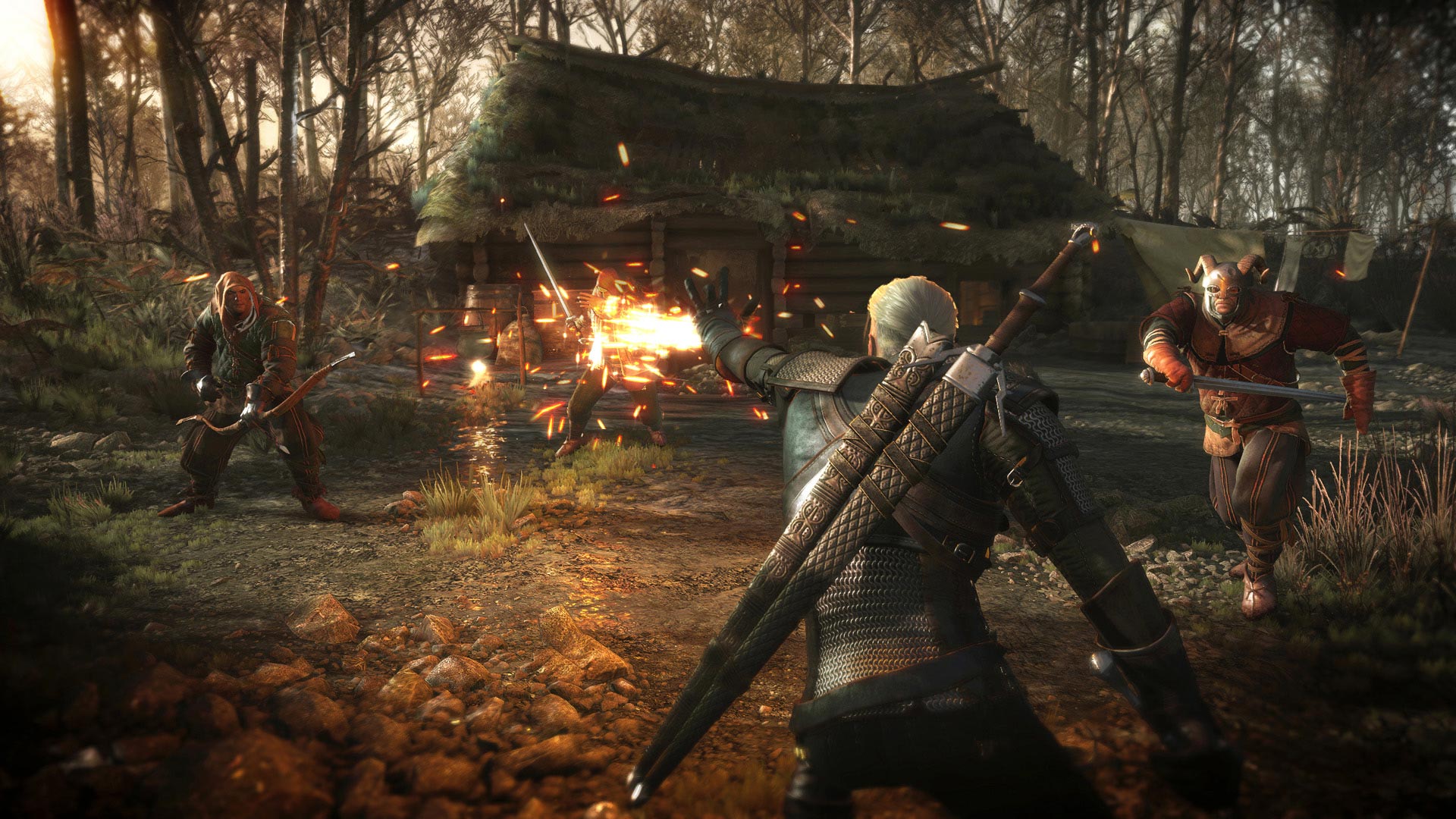<!-- .element height="60%" width="45%" --> - Single-player versus the game <!-- .element: class="fragment" --> --- # Example: World of Warcraft - What is the Player Interaction Pattern? 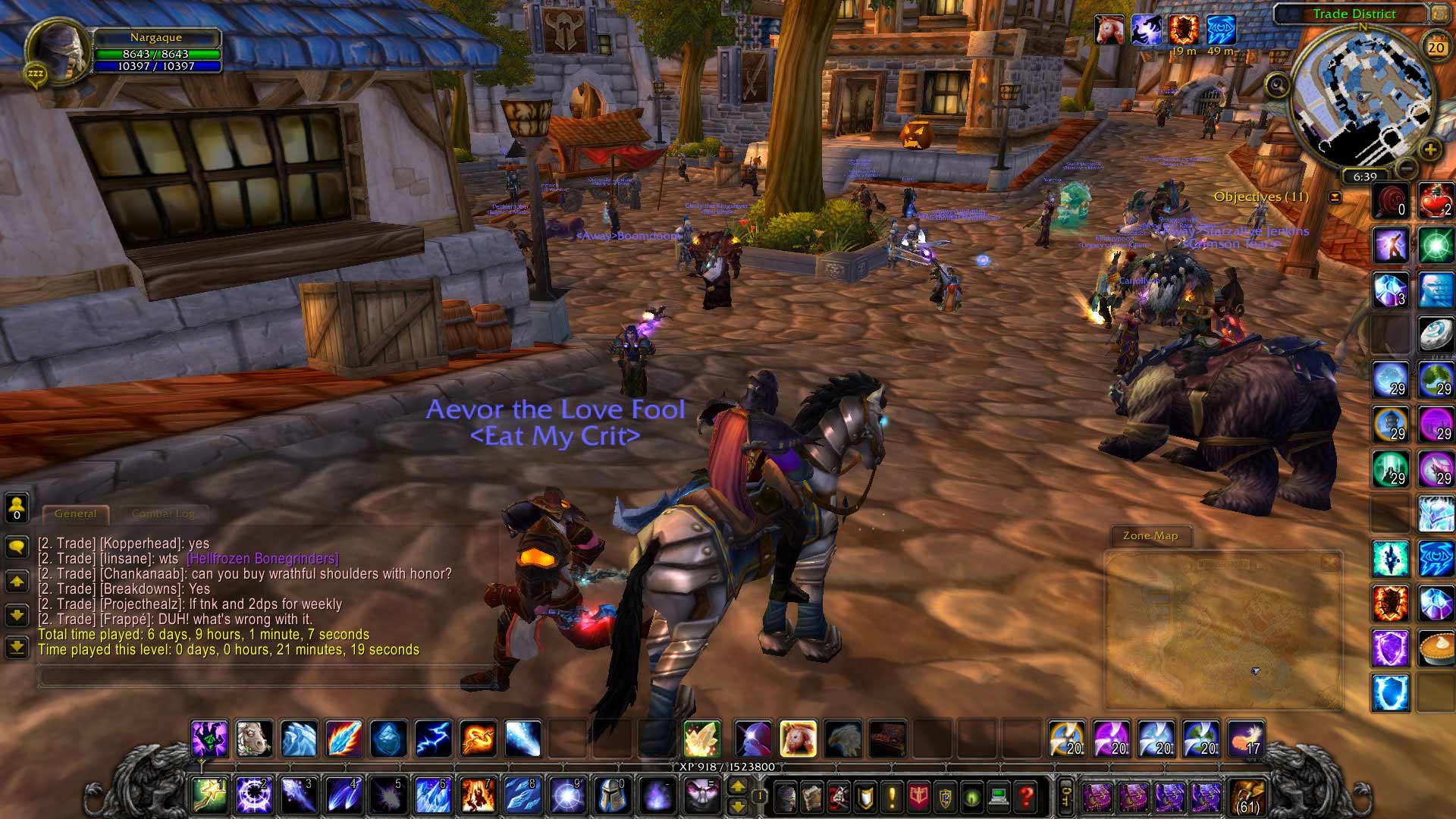<!-- .element height="60%" width="45%" --> - Multiple individual players versus the game. <!-- .element: class="fragment" --> - Player versus player. <!-- .element: class="fragment" --> - Cooperative play. <!-- .element: class="fragment" --> - Team competition. <!-- .element: class="fragment" --> --- # Example: Fortnite - What is the Player Interaction Pattern? 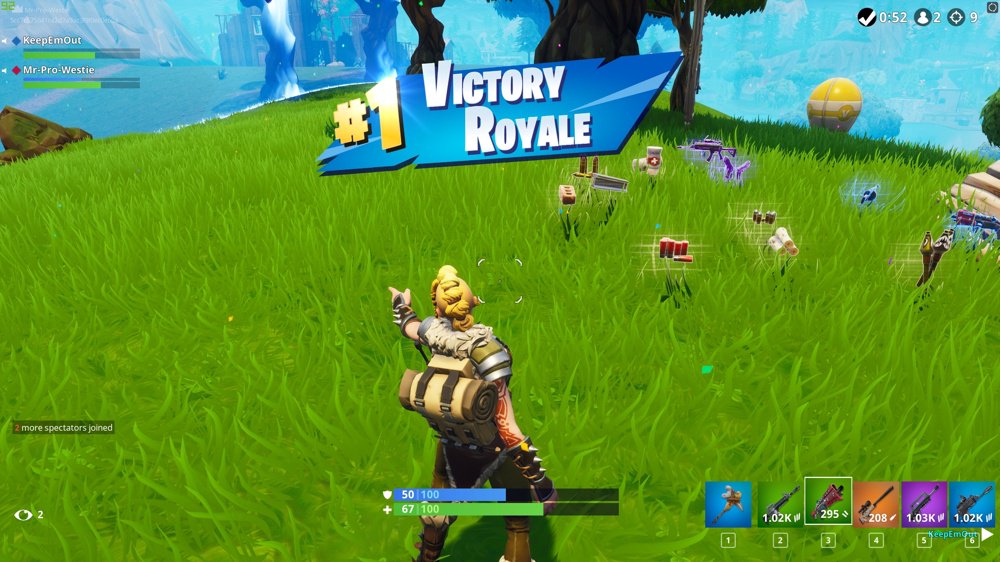<!-- .element height="60%" width="45%" --> - Multilateral competition <!-- .element: class="fragment" --> - Team competition <!-- .element: class="fragment" --> --- # Player Roles - You need to define what the **player's task** is in the game. - Some games **offer different roles** for the player to choose from. - Heterogenous Multiplayer Team: World of Warcraft, League of Legend, Team Fortress ... - Asymmetric Multiplayer gameplay: Splinter Cell: Chaos Theory, Left 4 Dead 2, Dead by Daylight ... - Single player RPG have different classes: Diablo serie, Dragon Age ... - **Different roles** have **different rules** associated with them. --- # Objectives 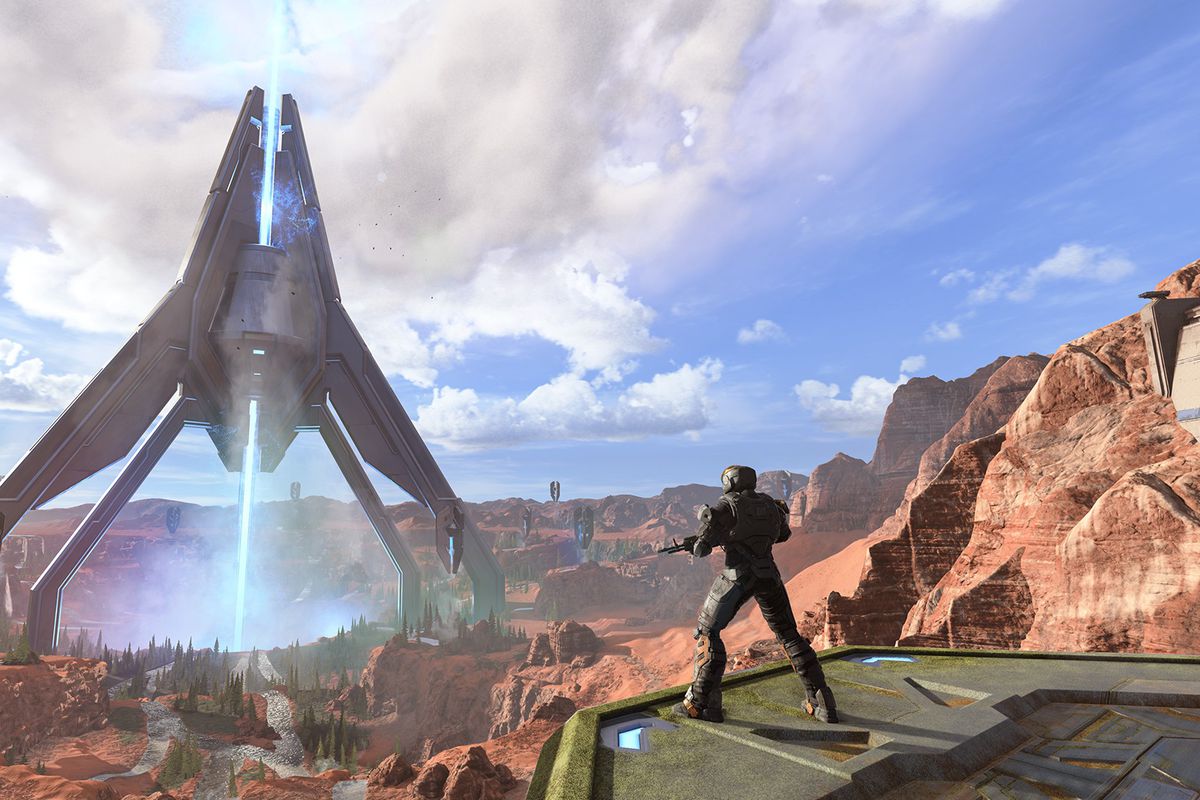 --- # Objectives: providing drive and challenge to the player - Players are the heart of the game experience, objectives drive the experience. - Objectives provide a **challenge** to the player that should be achievable. - Objectives also set the **overall feel** of the game: - FPS: killing and survival. - The Sims: Manage the lives of simulated people. - Objectives may also be made up of **sub-objectives**. - Side quests are similar, but normally distinct. --- # Common Objective Types - Capture <!-- .element: class="fragment" --> - Take or destroy something from the opponent. - Chase <!-- .element: class="fragment" --> - Catch an opponent or elude one. - Race <!-- .element: class="fragment" --> - Reach the goal before all other players, or a given time - Alignment <!-- .element: class="fragment" --> - Arrange pieces in certain configurations or categories. - Rescue / escape <!-- .element: class="fragment" --> - Get a designated unit to safety. - Forbidden act <!-- .element: class="fragment" --> - Try to make other players perform a forbidden action (laughing, say a word, etc.). --- # Common Objective Types (cont.) - Construction <!-- .element: class="fragment" --> - Build, maintain, and manage objects. - Exploration <!-- .element: class="fragment" --> - Explore different game areas. - Solution <!-- .element: class="fragment" --> - Solve a problem or puzzle. - Outwit <!-- .element: class="fragment" --> - Gain and use knowledge to defeat the other players. - Survival <!-- .element: class="fragment" --> - Don't die! - Accumulation <!-- .element: class="fragment" --> - Get as much resources as possible, typically points --- # Exercise - What is the objective in Super Mario Bros? 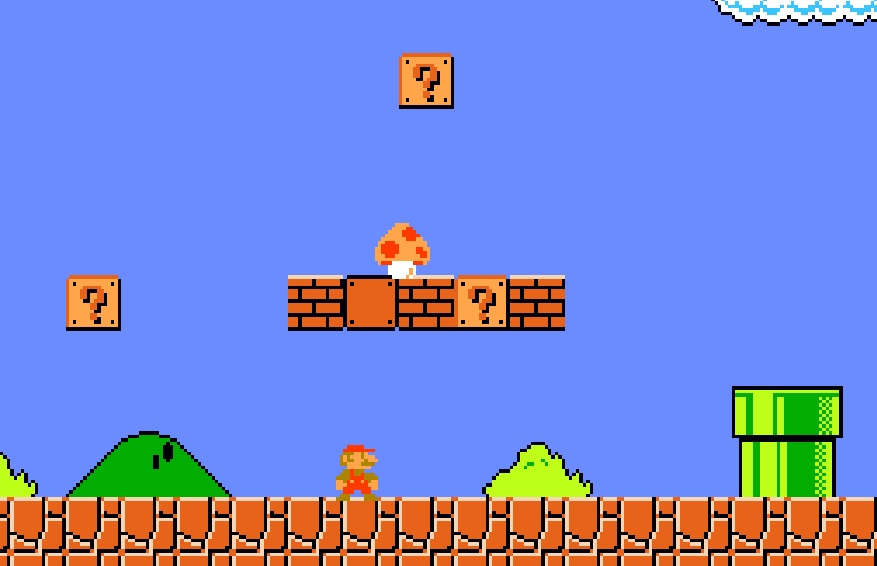 <!-- .element height="50%" width="45%" --> - Saving the princess? <!-- .element: class="fragment" --> - Race: Reaching the end of the level before the end of the timer and as fast as possible <!-- .element: class="fragment" --> - Survival: Avoiding or jumping on enemies, avoiding gaps. <!-- .element: class="fragment" --> - Accumulation: Get the best score. <!-- .element: class="fragment" --> --- # Procedures --- # Procedures: How we Interact with and Control the Game - **Procedures** describe how we interact with the game world and how we can act within the game world. - Video games typically define procedures via the input control mechanisms. - Procedures can be broadly broken down into four categories: - Starting actions. - Progression of action. - Special actions. - Resolving actions. --- # Example: Mario's Jump - Mario's jump is one of the best examples of a 'simple' procedure <!-- .element: class="fragment" --> - But it gives a huge amount of freedom and flexibility <!-- .element: class="fragment" --> <iframe width="560" height="315" src="https://www.youtube.com/embed/Fh5rA957xB0?si=7htsYhl-SiCPxoPF" title="YouTube video player" frameborder="0" allow="accelerometer; autoplay; clipboard-write; encrypted-media; gyroscope; picture-in-picture; web-share" referrerpolicy="strict-origin-when-cross-origin" allowfullscreen=""></iframe><!-- .element: class="fragment" --> --- # System Procedures - Video games are complex systems. - Numerous procedures are running behind the scenes to respond to player actions. - Compare Dungeons and Dragons to a video game RPG. - Example: Calculating the damage based on attributes and random rolls. 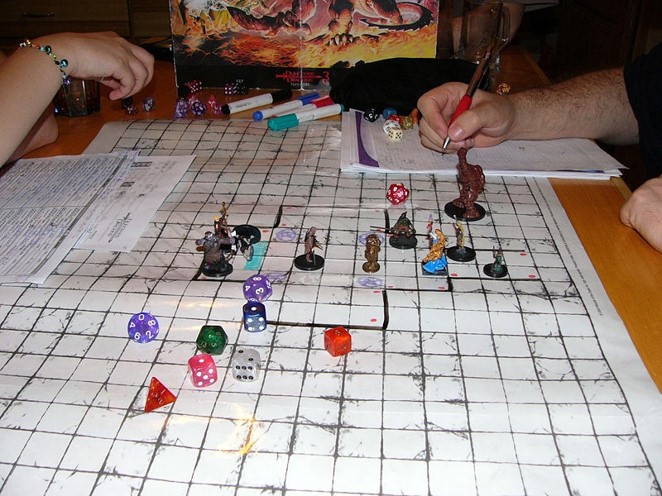 <!-- .element width="40%" --> 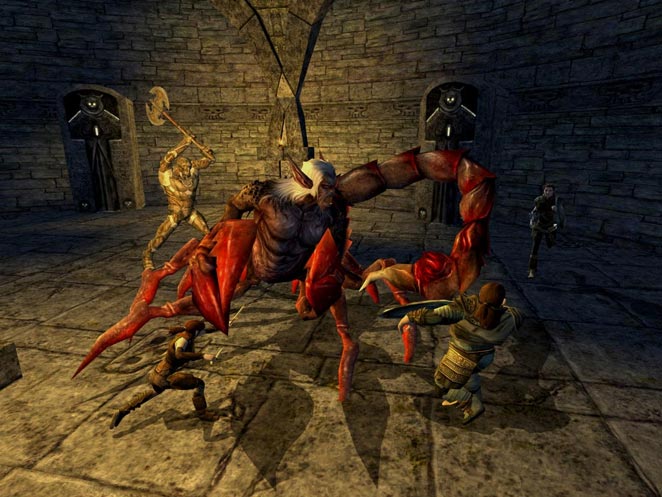 <!-- .element width="40%" --> --- # Rules --- # Rules: Defining Objects and Restrict Actions - **Rules** define the objects and restrict actions in the game. - In chess, the rules define different objects: <!-- .element: class="fragment" --> - King: Can only move one tile in any direction. <!-- .element: class="fragment" --> - Bishop: Can only move diagonal. <!-- .element: class="fragment" --> - In a RTS game, rules define different unit types: <!-- .element: class="fragment" --> - A tank might have more HP than infantry. <!-- .element: class="fragment" --> - The type and amount of damage might be different. <!-- .element: class="fragment" --> - A rule can restrict what you can do in a city builder: <!-- .element: class="fragment" --> - You can only build a building if you have enough money. <!-- .element: class="fragment" --> - You can only build an airport when you reached a population of 100 000. <!-- .element: class="fragment" --> --- # Example: Advance Wars 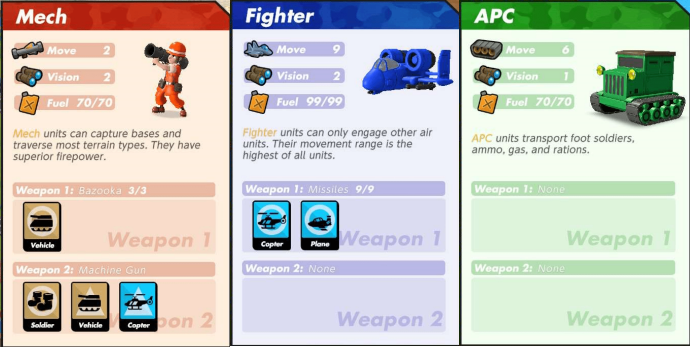<!-- .element height="120%" width="120%" --> --- # Rules for building gameplay and progression - We can also use rules to restrict certain actions for progression purposes. - Special items in Legend of Zelda series - Providing all capabilities at once can confuse and frustrate the player. - Same applies with tutorials, and any form of learning - Rules that trigger events or effects are very useful when considering the procedures of our game. - We can boil down such rules to a collection of `if` statements: - `if player’s health == 0 then player dies.` - `if player picks up apple then health += 10.` - etc. --- # Resources 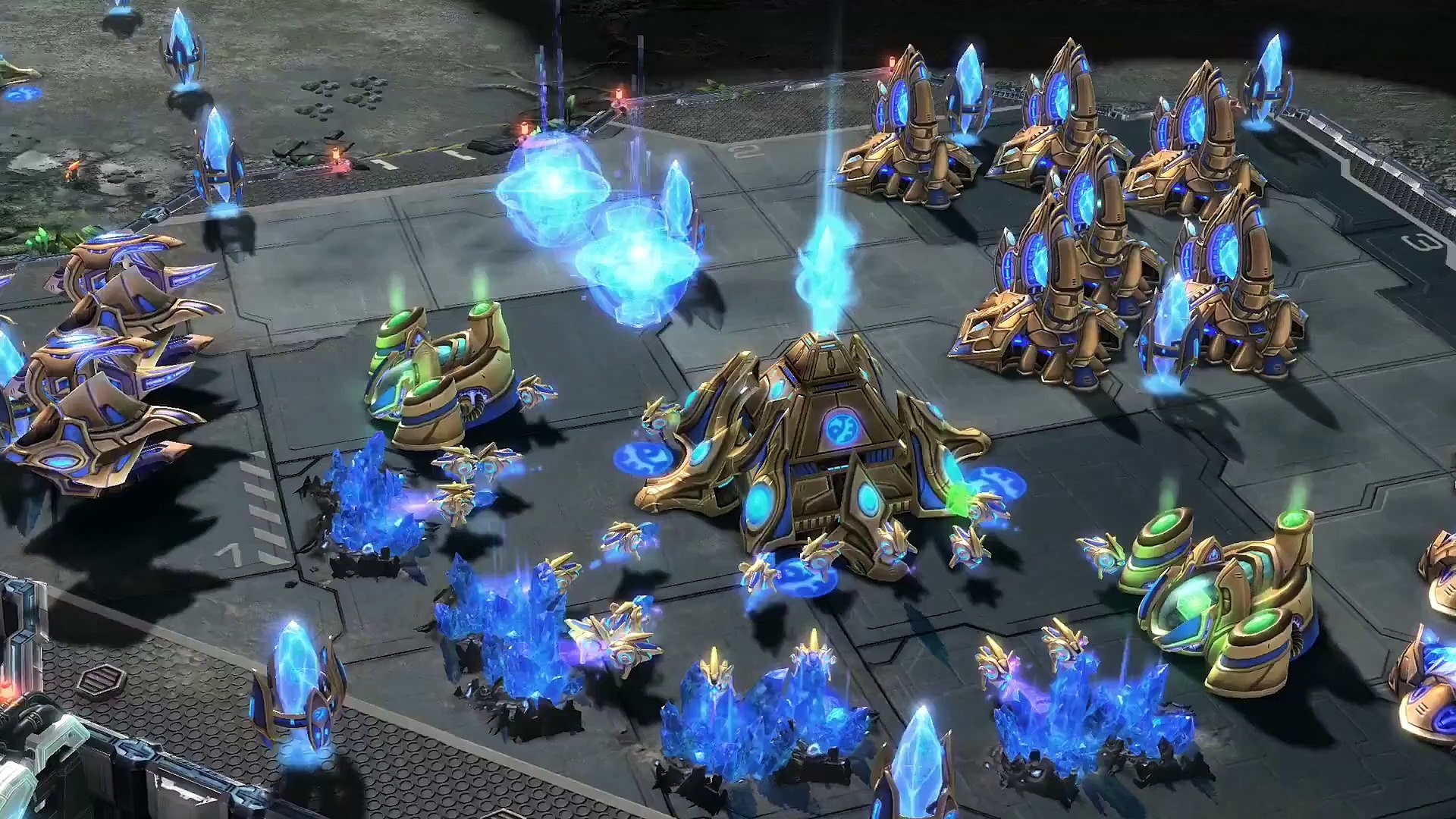 --- # Resources: providing in-game assets A **resource** is an asset that provides the player with an advantage, allows the player to reach certain objectives, or allows the player to perform certain procedures. - Resources are ubiquitous in games: - Monopoly has money and property. - Command & Conquer has Tiberium. - Halo has health, ammunition, and shields.  <!-- .element height="250px" --> 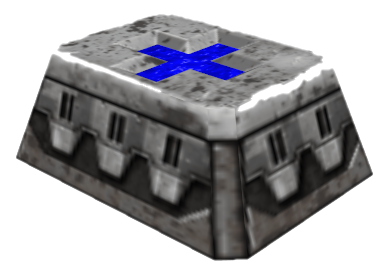 <!-- .element height="250px" --> --- # Examples of Resource Types Try to name some examples of resources. - Lives <!-- .element: class="fragment" --> - Units <!-- .element: class="fragment" --> - Health <!-- .element: class="fragment" --> - Currency <!-- .element: class="fragment" --> - Items <!-- .element: class="fragment" --> - Special terrain <!-- .element: class="fragment" --> - Actions <!-- .element: class="fragment" --> - Power-ups <!-- .element: class="fragment" --> - Time <!-- .element: class="fragment" --> --- # Conflict 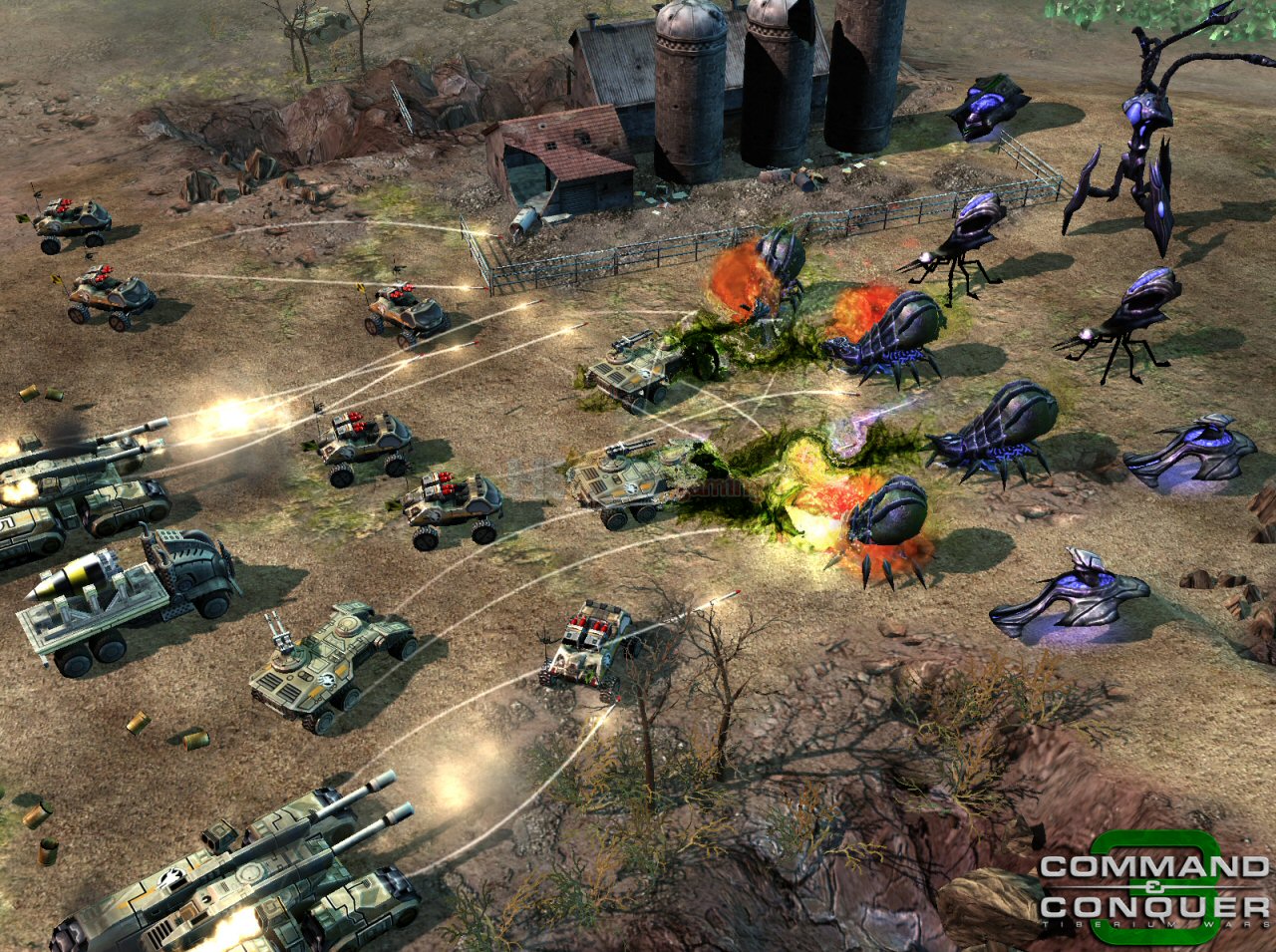<!-- .element height="80%" width="80%" --> --- # Conflict: Clash between Objectives, Procedures, Rules, and Resources - **Conflict** occurs due to a clash between the objectives, the procedures, the rules, and the resources. - A great example is golf. <!-- .element: class="fragment" --> - The objective is simple: put the ball in the hole ... <!-- .element: class="fragment" --> - ...but the hole and ball are small ... <!-- .element: class="fragment" --> - ...and you can only move the ball with a little stick ... <!-- .element: class="fragment" --> - ...and the hole is away over there! <!-- .element: class="fragment" --> - Conflict increases the challenge, which increases the fun. <!-- .element: class="fragment" --> - Some Conflict examples: <!-- .element: class="fragment" --> - Obstacles: physical or conceptual. - Opponents: NPCs or other players. - Dilemmas: putting real choice in a game. --- # Example: Starcraft 2 - What is the conflict here? 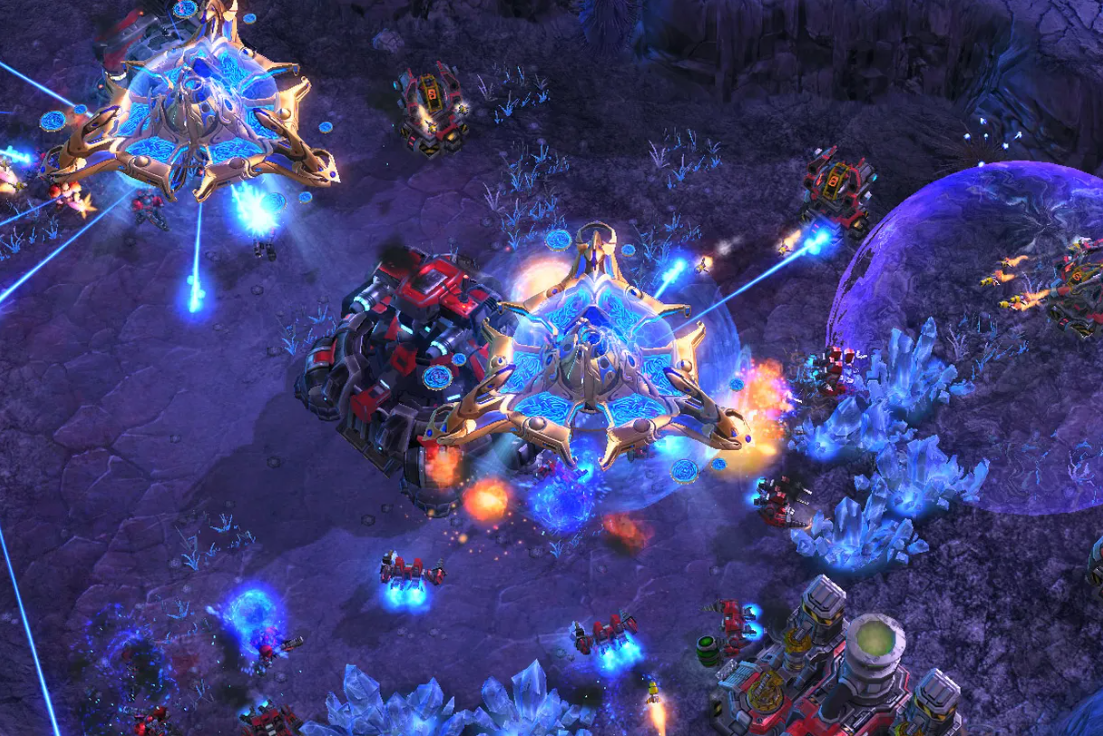 <!-- .element height="60%" width="45%" --> - Obstacles: Limits on how many units you can build. <!-- .element: class="fragment" --> - Opponents: AI or other players. <!-- .element: class="fragment" --> - Dilemmas: On what unit or tech should I spend my resources? <!-- .element: class="fragment" --> --- # Boundaries --- # Boundaries - **Boundaries** define where the game is taking place. - Games exist in a world where the formal elements exist. <!-- .element: class="fragment" --> - Sometimes called the magic circle. - Boundaries can be physical. <!-- .element: class="fragment" --> - The normal approach in video games. - Screen boundaries, 3D world boundaries, etc. are all examples of this. - Boundaries can be conceptual. <!-- .element: class="fragment" --> - The players make an agreement to stay within the rules of the game. --- # Outcome --- # Outcome - The **outcome** is the expected payoff from playing the game. - How do we resolve the objectives that the game sets out? - What, if any, is the end state of the game? - Winning is a traditional end point. - The game state where one of the winning conditions (objectives) has been met. - Some games continue without end points. - Sim City, Factorio (if you ignore the rocket), The Sims --- # Summary --- # Try Describing a Game Using the Formal Elements - After the class, try and describe a game using the vocabulary of formal elements. - Try to go into some real depth: it will help you understand games more. - Think about the formal elements whenever you play a game. Try and pick apart the individual elements of the game to get a better understanding of how it is put together. --- # Summary - **Players**: Who is playing our game? - **Objectives**: What is the goal of playing the game? - **Procedures**: How is the game played? - **Rules**: What are the restrictions on how the game is played? - **Resources**: What assets are available in the game? - **Conflict**: How do the objectives, procedures, rules, and resources constrain each other? - **Boundaries**: Where is the game played? - **Outcome**: How is the game resolved?